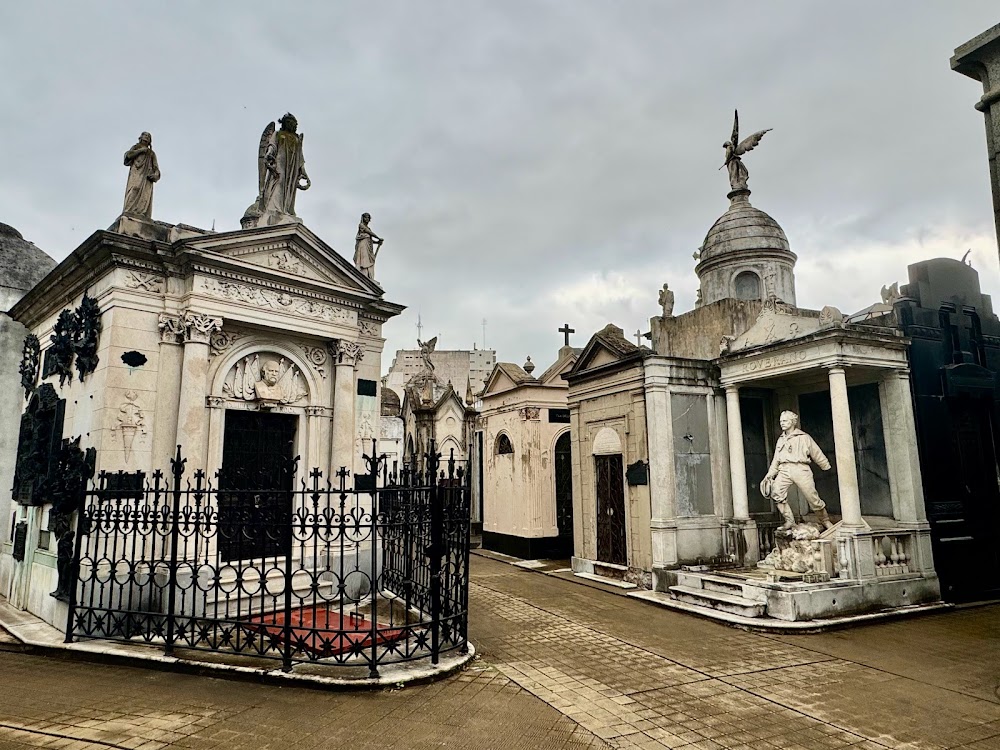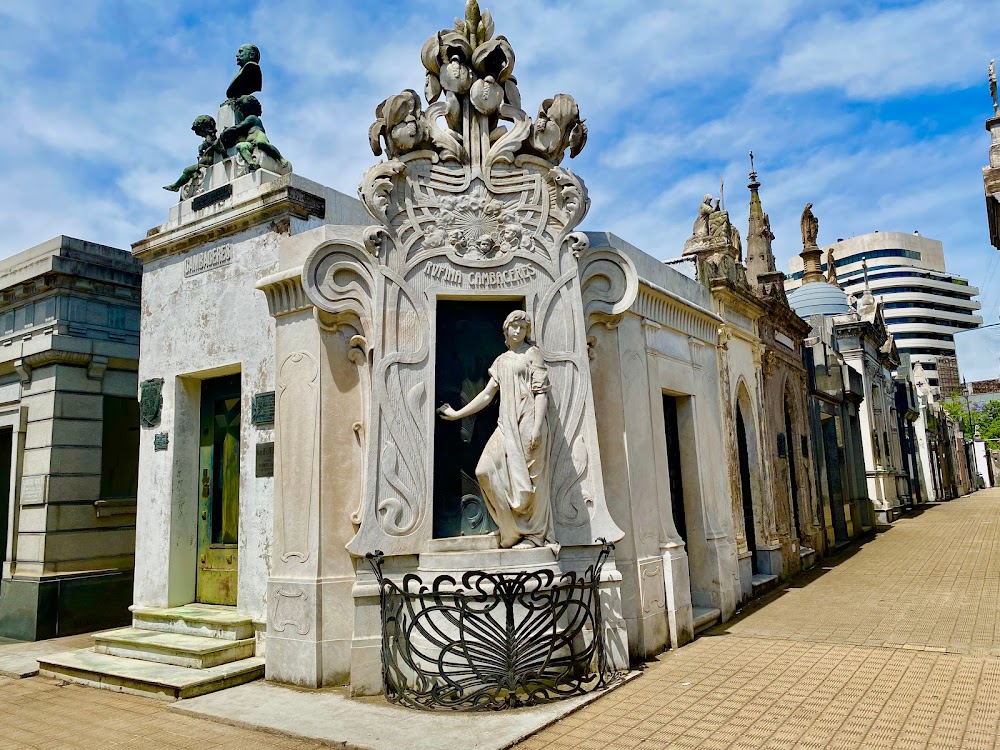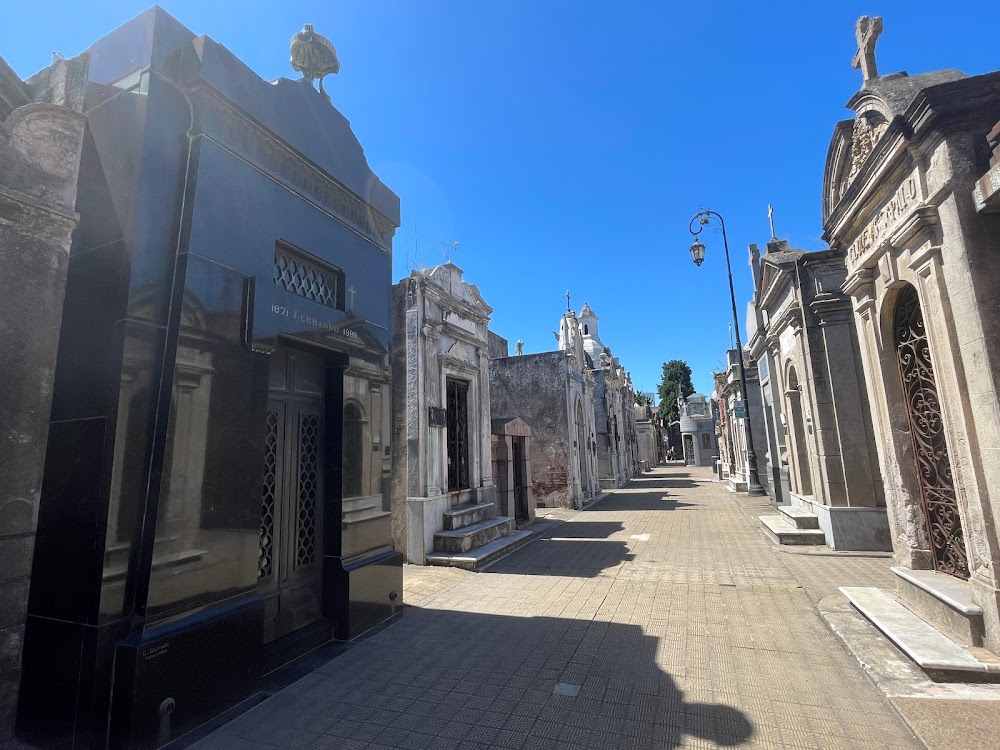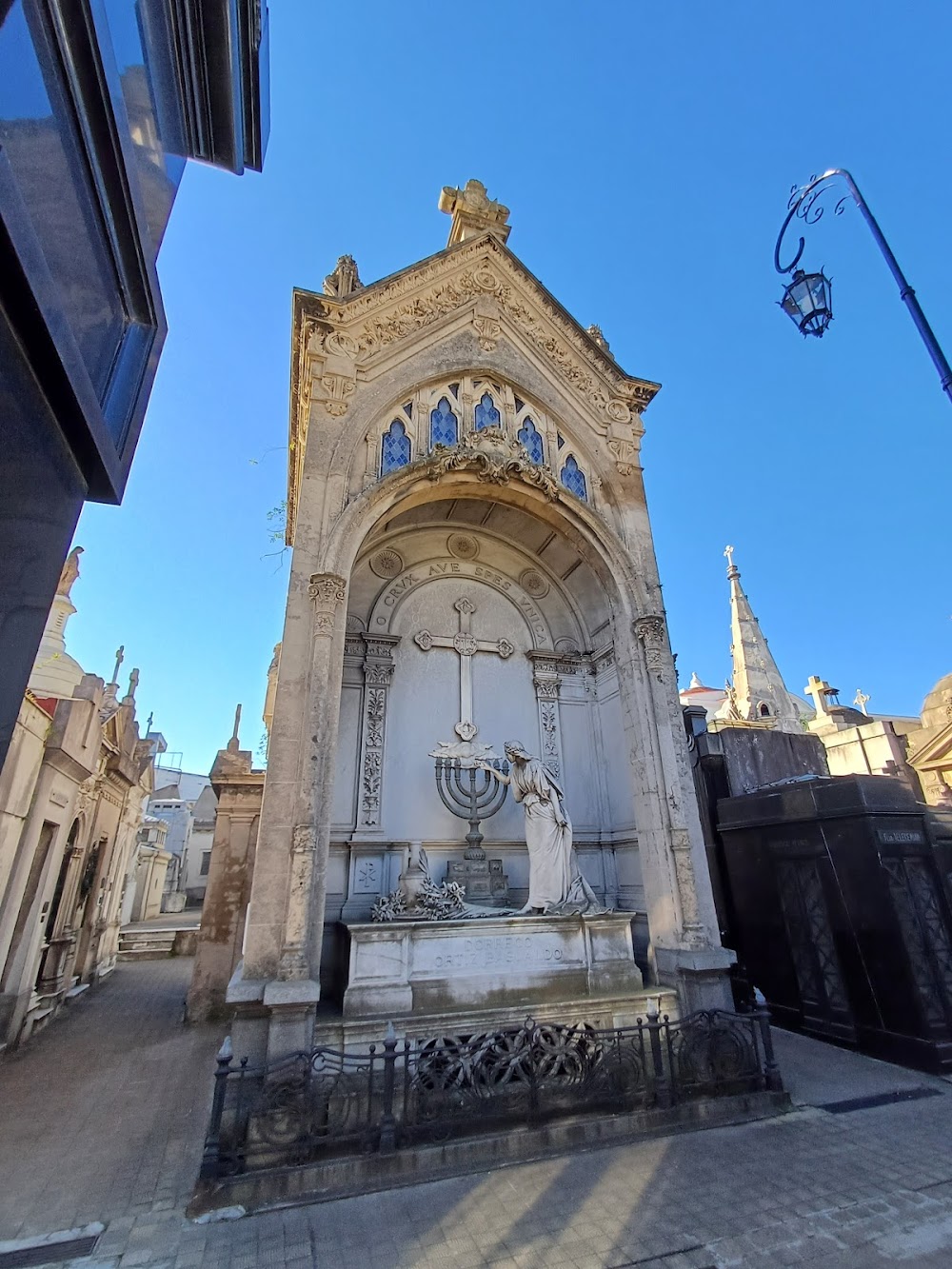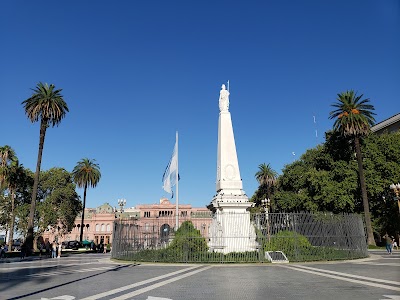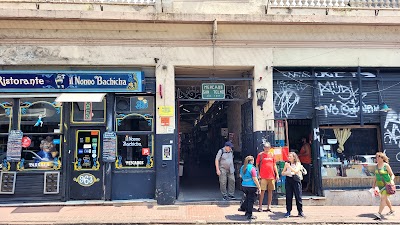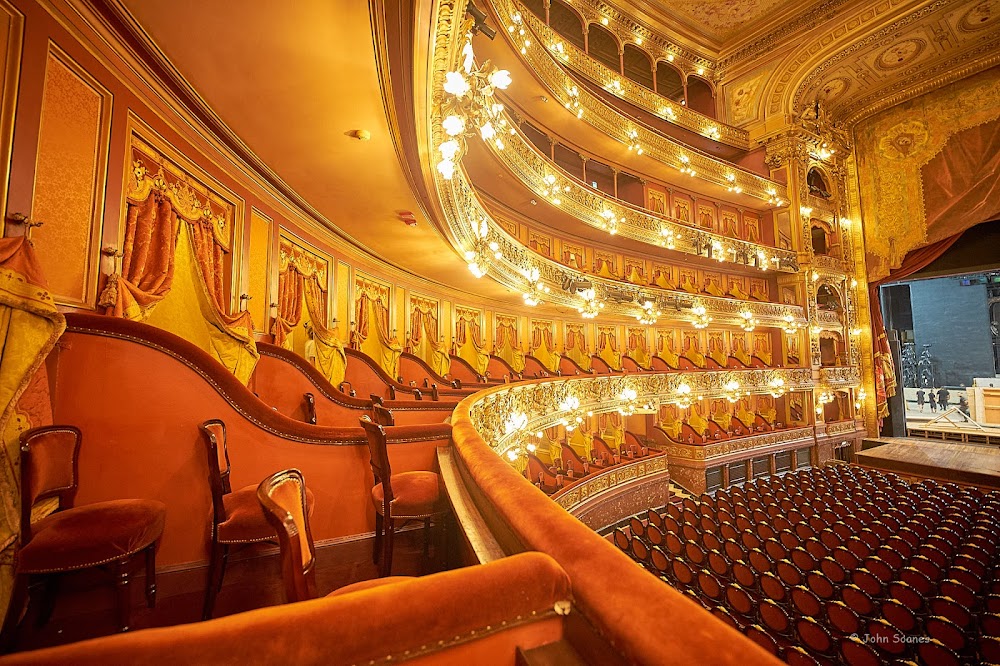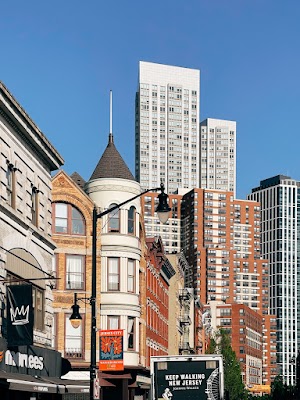Recoleta Cemetery (Cementerio de la Recoleta)
Overview
Introduction to Recoleta Cemetery
Recoleta Cemetery, or Cementerio de la Recoleta, is a historic and renowned resting place nestled in the charming Recoleta neighborhood of Buenos Aires, Argentina. Established in 1822, this cemetery is celebrated not only for its esteemed burials but also for its breathtaking architecture and rich narrative woven through the ages.
Historical Background
Originally part of a land parcel owned by the Recoletos, a Catholic order of monks, the cemetery derives its name from this religious community. Following Argentina's independence and its progressive transformation, the land was repurposed to create the city’s first public cemetery, marking a significant shift in its cultural landscape.
Architectural Inspiration
The design of Recoleta Cemetery draws inspiration from the famed Père Lachaise Cemetery in Paris. Conceived by French civil engineer Próspero Catelin, the cemetery spans approximately 14 acres, featuring a geometric layout and tranquil tree-lined avenues that evoke a sense of serenity and order. The grand entrance, designed by Catelin and completed in 1881, showcases impressive Neoclassical gates adorned with towering Doric columns, setting an inviting tone for all who enter.
Diverse Architectural Styles
Within the cemetery, visitors can admire a diverse array of architectural styles ranging from Art Deco to Baroque and Neo-Gothic. The corridors are lined with ornate mausoleums, chapels, and statues, many crafted by renowned Argentine and European architects. Wealthy families spared no expense in creating their final resting places, often importing exquisite materials and skilled artisans from Europe to ensure their monuments were truly remarkable.
Notable Burials
Historically, Recoleta Cemetery has served as the burial ground for Argentina's elite, including presidents, military leaders, Nobel Prize winners, and other influential figures. One of the most visited tombs belongs to María Eva Duarte de Perón, fondly known as Evita, the iconic First Lady of Argentina. Her mausoleum, nestled within the Duarte family tomb, attracts countless pilgrims—both Argentinians and tourists—who come to pay their respects.
Artistic Contributions
Among the cemetery’s celebrated architects is Italian sculptor and architect Jules Dormal, whose exquisite sculptural work and building designs have left an enduring legacy. Additionally, the cemetery features numerous contributions from the renowned artist Lola Mora, one of the first women in Argentina to gain recognition in the arts.
An Open-Air Museum
Many mausoleums within Recoleta Cemetery are adorned with intricate sculptures, stained glass windows, and rich religious iconography, transforming the site into an open-air museum. One poignant example is the tomb of Rufina Cambaceres, a young woman tragically buried alive in 1902. Her haunting story and the elegance of her marble tomb continue to captivate visitors to this day.
Preservation and Cultural Significance
Despite its storied past, Recoleta Cemetery remains relevant, with ongoing initiatives aimed at restoring and preserving its artistry and architecture. Today, it stands not only as a final resting place but also as a monument to Argentine history, culture, and art.
Reflection and Exploration
As visitors wander through its labyrinthine alleys, they can pause to read the poignant epitaphs etched into stone and reflect on the lives of those who have shaped Argentina’s past. Recoleta Cemetery offers a unique lens into the country’s social, cultural, and political evolution, making it far more than just a cemetery—it is a cherished testament to the nation’s heritage.


